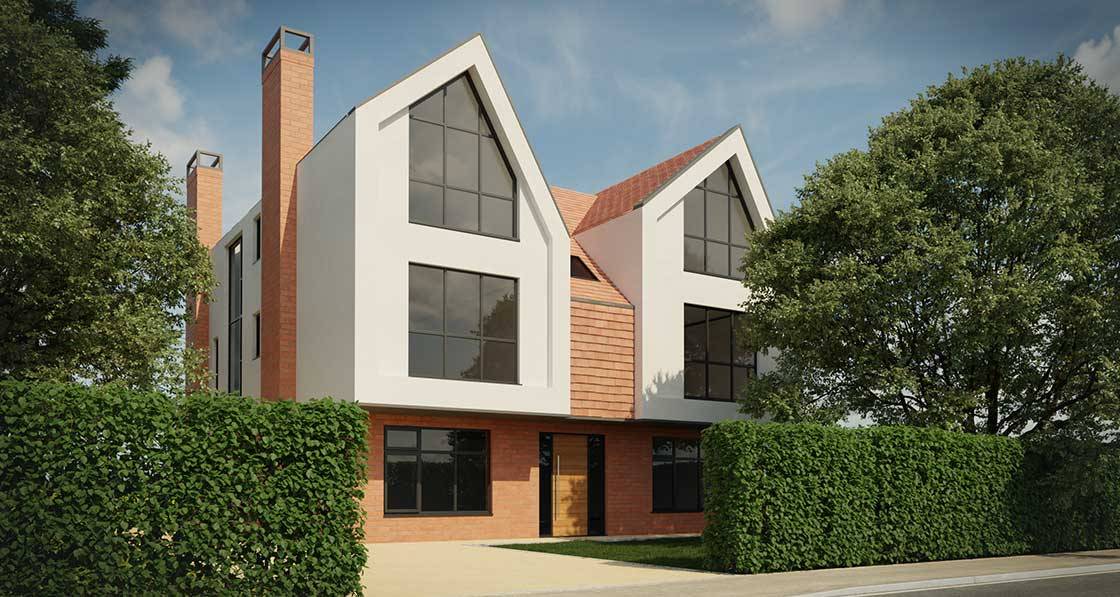Indoor air quality has become a major concern for homeowners and real estate developers alike. The health and well-being of occupants are closely related to the quality of air inside the building. But which type of building would most likely have poor indoor air quality? Understanding this can help us take preventive measures and ensure a healthier living environment.

What is Indoor Air Quality?
Indoor air quality (IAQ) refers to the condition of the air within and around buildings. It is affected by various factors such as pollutants, mold, ventilation, and more. Poor IAQ can lead to health problems like allergies, respiratory issues, and even chronic diseases.

Factors Contributing to Poor Indoor Air Quality
Various factors contribute to poor indoor air quality. Let’s take a detailed look at these factors:
1. Poor Ventilation Systems
Buildings with outdated or inadequate ventilation systems are likely to have poor indoor air quality. Proper ventilation is crucial for circulating fresh air and removing pollutants.
2. Use of Low-Quality Building Materials
Low-quality building materials can emit harmful chemicals that degrade the air quality inside the building. Materials like asbestos and formaldehyde are known to be hazardous.
3. Mold and Moisture Issues
Mold thrives in damp environments, causing not only structural damage but also health problems. Buildings with moisture issues are particularly prone to poor IAQ.
4. High Levels of Indoor Pollutants
Indoor pollutants such as tobacco smoke, cleaning chemicals, and radon can severely impair indoor air quality. These pollutants are often released from everyday activities and products.

Types of Buildings Most Likely to Have Poor Indoor Air Quality
Now that we understand the factors contributing to poor IAQ, lets explore which types of buildings are most affected.
1. Older Residential Homes
Older homes usually have outdated ventilation systems and may contain low-quality building materials, making them prone to poor IAQ.
2. Commercial Buildings
Commercial buildings often house high levels of indoor pollutants due to frequent use of cleaning chemicals and high occupant density.
3. Industrial Buildings
Industrial facilities often have poor IAQ due to the presence of pollutants from manufacturing processes and inadequate ventilation.
4. Schools and Educational Institutions
Schools can struggle with poor IAQ due to overcrowding, limited ventilation, and the use of potentially harmful cleaning products.
Impact of Poor Indoor Air Quality on Health
Poor indoor air quality can have several adverse effects on health. Here are some common health issues:
1. Respiratory Problems
Exposure to pollutants can cause respiratory issues like asthma, bronchitis, and chronic obstructive pulmonary disease (COPD).
2. Allergies
Poor IAQ can trigger allergies, leading to symptoms such as sneezing, coughing, and itchy eyes.
3. Chronic Diseases
Long-term exposure to poor IAQ can lead to chronic conditions like heart diseases and even cancer.
Best Practices for Improving Indoor Air Quality
Improving IAQ is crucial for ensuring a healthier living environment. Here are some best practices to follow:
1. Upgrade Ventilation Systems
Ensure your building has a modern and efficient ventilation system to circulate fresh air and remove pollutants.
2. Use High-Quality Building Materials
Opt for high-quality, non-toxic building materials to minimize harmful emissions.
3. Regular Maintenance and Cleaning
Regular cleaning and maintenance can help remove pollutants and prevent mold growth. Using natural and eco-friendly cleaning products is an added advantage.
4. Control Moisture Levels
Use dehumidifiers and fix leaks promptly to keep moisture levels in check and prevent mold growth.
5. Monitor Indoor Air Quality
Use air quality monitors to keep track of the IAQ and take corrective action when needed.
Technology for Better Indoor Air Quality
The advent of modern technology has made it easier to manage and improve indoor air quality. Here are some technological solutions:
1. Air Purifiers
Air purifiers can help filter out pollutants and improve the air quality in your building.
2. Smart Ventilation Systems
These systems are designed to optimize airflow and remove pollutants more efficiently.
3. Indoor Air Quality Monitors
These devices can provide real-time data on IAQ, helping you take immediate action.
4. Green Building Practices
Implementing green building practices, such as using sustainable materials and energy-efficient systems, can significantly improve IAQ. For more information, check out [Best Practices in Green Construction](https://brucemasseyconstruction.com/) on our affiliate site. These practices are designed to minimize the environmental impact and promote healthy living spaces.
Case Studies
Let’s look at some case studies to understand the real-world application of these principles:
1. Retrofitting Older Homes
An older home underwent significant renovations, including upgrading the ventilation system and replacing low-quality materials. The result was a marked improvement in IAQ, leading to better health outcomes for the residents. Learn more about innovative uses of recycled materials here.
2. Green Commercial Buildings
A commercial building implemented green building practices such as using eco-friendly materials and smart ventilation systems, leading to improved IAQ and increased employee productivity.
Frequently Asked Questions (FAQ)
Q1: How can I test the indoor air quality in my home?
There are various indoor air quality monitors available that can provide real-time data on pollutants and other factors affecting IAQ. You can also consult professionals for comprehensive testing.
Q2: Is it necessary to replace the entire ventilation system to improve IAQ?
Not necessarily. Regular maintenance and upgrading certain components can often improve the existing system’s efficiency.
Q3: Can houseplants improve indoor air quality?
Yes, certain houseplants can help filter out pollutants and improve IAQ. However, they should not be considered a complete solution.
Conclusion
Understanding which type of building would most likely have poor indoor air quality is the first step towards creating healthier living spaces. By identifying the contributing factors and implementing the best practices, we can ensure a better quality of life for everyone. For more tips, you can check out [Achieving LEED Certification](https://brucemasseyconstruction.com/achieving-leed-certification-tips-and-best-practices/) which provides numerous insights into sustainable building techniques.
For more information on indoor air quality, you can visit the Wikipedia page on Indoor Air Quality.
As an Amazon Associate, I earn from qualifying purchases.




